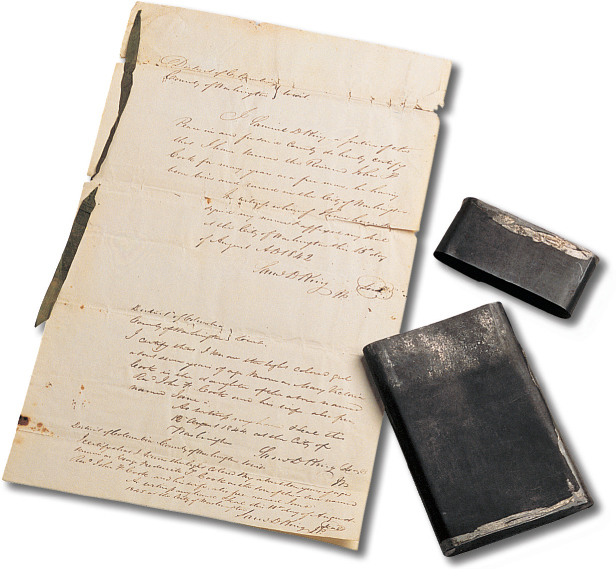What place did free blacks occupy in the South?
Printed Page 381

Figure false: Freedom Paper
Figure false: This legal document attests to the free status of the Reverend John F. Cook of Washington, D.C., his daughter Mary, and his son George. Cook was a free black man who kept his “freedom paper” in this watertight tin, which he probably carried with him at all times. Moorland-Spingarn Research Center, Howard University, Washington, D.C.
ALL WHITE SOUTHERNERS — slaveholders and slaveless alike — considered themselves superior to all blacks. But not every black Southerner was a slave. In 1860, some 260,000 (approximately 6 percent) of the region’s 4.1 million African Americans were free. What is surprising is not that their numbers were small but that they existed at all. According to proslavery thinking, blacks were supposed to be slaves; only whites were supposed to be free. Blacks who were free stood out, and whites made them targets of oppression. But a few found success despite the restrictions placed on them by white Southerners.
CHRONOLOGY
1822
- – Denmark Vesey is executed.
1820s–1830s
- – Southern legislatures restrict free blacks.
1860
- – Some 260,000 free blacks live in the South.